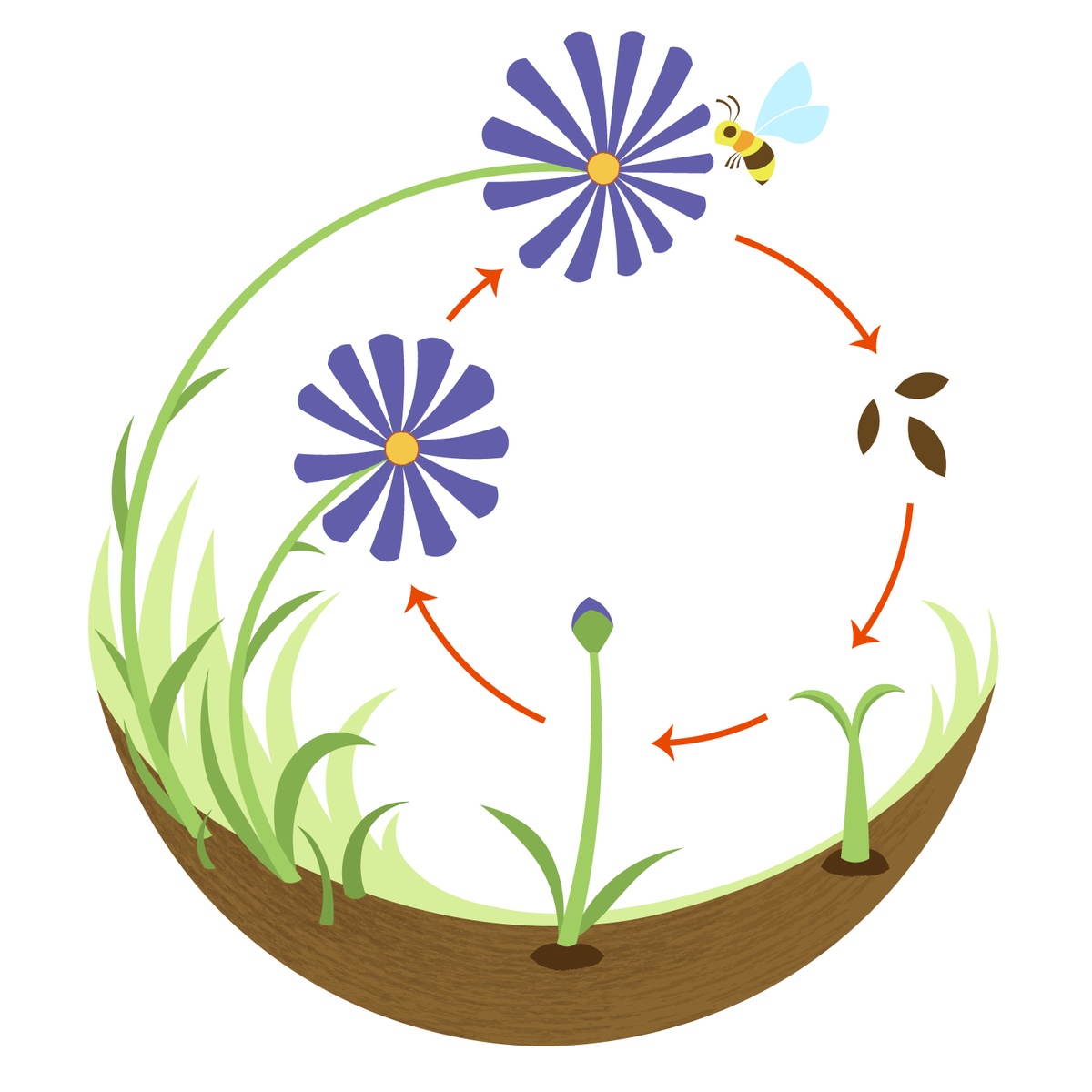The life cycle of a plant starts immediately it hits the ground. Flowering plants, for instance, are the most advanced and widespread and because they can attract pollinators and spread their seeds. Flowers play an essential role in the reproduction of a plant, and the following are the major stages of its life cycle.
The seed stage
The seed is the basis of the plant's life cycle. Flowering plants have two types of seeds that is dicots and monocots. Dicot seeds have two cotyledons that store the food required by the seed during germination. Monocots have single cotyledon, which serves the same purpose as well. During germination, the cots become the first leaves of a seedling, especially in dicots.
Germination
Water and warmth are necessities for seed germination, not to mention light. Once the seed is in the ground, it will absorb water, swells and splits the coat. For monocots, the splitting will not take place. The seed stays in one piece.
Germination of the dicots takes place when the seed get pushed above the ground by the hypocotyl. While this is taking place, the roots dig down into the ground in search of water and nutrients. After sometimes, the cotyledon falls then followed by the emergence of the first real leaves.
Growth
The growth life cycle of a flower will take place when the plant produces its food. The process by which plants produce their food is called photosynthesis. In flowering plants, the process starts upon the emergence of first leaves. Plant leaves contain a component called chloroplast, which converts sunlight, carbon dioxide, and water into sugar. The sugar is stored in roots and stems and used as food. The growth then occurs when the roots continue to dig down into the ground spreading its hair for anchorage and minerals absorption while the stem pushes up to reach the sunlight.
Reproduction
Reproduction starts with the formation of a bud. The bud contains a tiny but a complete flower. Before the bud opens, it is protected by the sepal. After sometimes, it opens and blooms into a mature flower with full parts. Sexual reproduction of a plant takes place in a flower, and every part of a flower has a role to play.
Pollination
Pollination occurs when pollen transfer from a male flower part into a female flower part. The process can be carried out by insects, wind, water birds, or even humans, and it depends on the type of flower. Without the pollinators mentioned above, the process of pollination will not occur, and this will means no new seeds or new plants of that particular species.
Seeds spreading
This is the final stage in the life cycle of a flower. It can occur in many ways; for instance, dandelion seeds can get scattered by the wind. Some will depend on water, animal, or even humans for dispersal.
